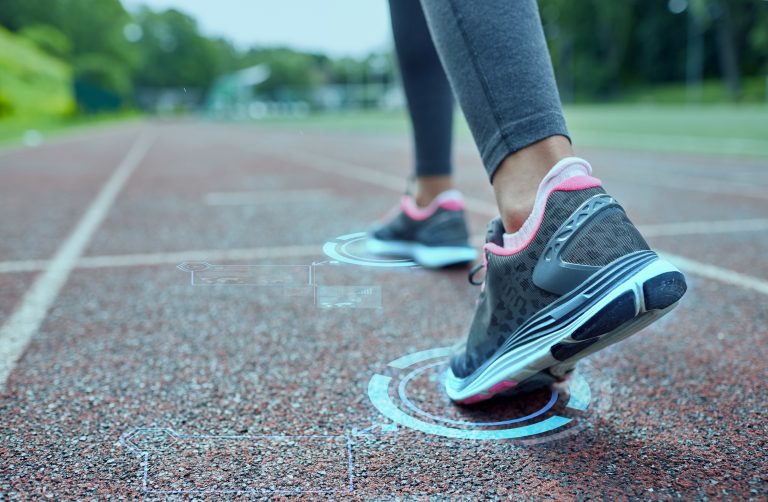Orthotics made with 3D printing technology are produced by scanning the foot to obtain a 3D image, then converting that image into an orthosis and printing it. The outcome is fully personalized support. In this article, we discuss why these orthoses are better than conventional models, both for healthcare professionals and their patients.
The benefits of using 3D printing for foot orthoses
The 3D-printed foot orthosis is made by scanning the entire foot, taking into account all of its unique characteristics. The generated 3D image is then taken to a specialized lab, where it is transformed into a 3D model and printed. With a millimetre-accurate analysis of the surface and volume of the foot, this manufacturing process enables orthoses that are entirely customized and made with a much higher degree of precision than traditional models. They ensure a precise fit, increasing patient satisfaction and comfort, but most importantly, an ideal correction, regardless of the pathology that needs to be treated.
From an ecological standpoint, 3D-printed orthoses are also very appealing because they use fewer resources and have a 90% lower environmental impact during their production than conventionally manufactured orthoses because they do not generate plastic waste, plaster waste, or other compounds. When the patient is no longer able to use them, they are totally recyclable.
3D-printed foot orthoses will save you time
3D foot orthoses provide significant time savings in addition to being perfectly adjusted to your patients’ feet. The scanning process only takes a few minutes. Sending the data directly to the lab is all that is left to do. No need to create moulds and mail them! You will quickly get your 3D-printed orthoses in 5 to 10 days.
Due to the fact that the 3D orthoses are so precisely fitted, accuracy also plays a significant role in time savings. This prevents patients from adjustment appointments because traditional models would otherwise leave them with poorly fitted orthoses and pain that persists.
3D-printed foot orthoses are beneficial for athletes
3D-printed foot orthoses are a fantastic way for athletes to improve their performance. Offer your patients this kind of support if they engage in frequent vigorous physical activity. As a matter of fact, they guarantee much better shock absorption, heightened stability, and optimal functioning of the biomechanics of the feet and lower limbs, in addition to support, pain relief, and correction work. Thus, they will aid in the prevention of injuries while also boosting, assisting, and helping athletes during their practice.
3D-printed orthoses better address the specific conditions of your patients
Diabetic foot, plantar fasciitis, neuromas, hallux valgus, etc. These are some of the many plantar pathologies that can be treated by having patients wear orthoses. In this case, the 3D models’ pinpoint accuracy is essential for redistributing the body’s weight and correcting the specific points that need fixing so that the body can regain its balance and alignment. These orthoses consider not only the entire foot but also the patient’s footwear choice and routine activities. Custom foot orthoses thus serve multiple purposes, including treating pre-existing conditions, reducing pain, and protecting against potential injuries. In this regard, they are significantly more thorough and better adapted than conventional orthoses.
Using 3D-printed foot orthoses for the optimal treatment of your patients
The use of 3D-printed foot orthoses presents a significant advancement in the field of podiatry. It is a significant shift from conventional orthoses in terms of optimal quality, increased precision, superior efficiency, simplified manufacturing process, as well as time and energy savings. Additionally, it has many benefits for both the patients who wear it and the healthcare professionals who prescribe it.
Do you want to make the switch to 3D-printed orthoses? Get in touch with Talaria’s team to learn more about our products and services.
